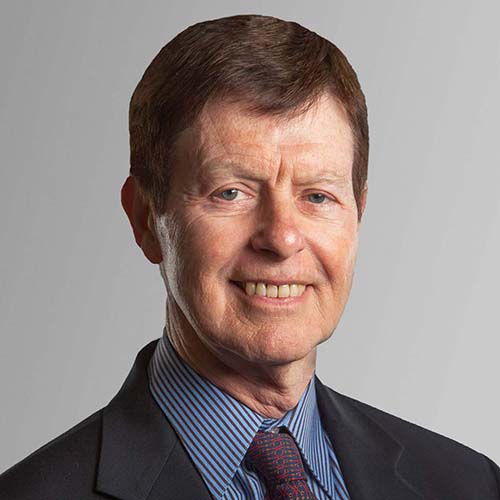Areas of Innovation at the ETL Consortium Schools
The Educating Tomorrow’s Lawyers survey, carried out last year, provides an unparalleled overview of what is happening in legal education today, giving an update of the findings of the 2007 Carnegie Foundation report, Educating Lawyers. In previous posts, we have reported on aspects of the survey. For example we have noted that the 118 North American law schools that responded to the survey represent a reliable cross-section of legal education. We have singled out the areas of the curriculum in which innovation is most common. And we have provided illustrations of how some schools are now tailoring their curricula to particular institutional missions and markets.
A key feature of the Educating Tomorrow’s Lawyers initiative is the Consortium of 23 law schools committed to innovation in the spirit of the Carnegie Report. What are these schools like compared to law schools as a whole? This post will take up this question, looking at three issues: 1. What are the ETL consortium schools like as to the types of institution they represent, their tier in school rankings, and where are they located? 2. What kinds of innovation are they engaged in, particularly in the area of curriculum? 3. How do they look on these measures when compared to other schools?
First, what is the profile of the ETL consortium schools? The 23 schools are a self-selected group sharing a strong commitment to innovation in legal education. There are both some similarities and differences between ETL schools and all schools. ETL members are much less likely to be public schools than all law schools. They are also less likely to have part-time programs. ETL members are a bit more selective with a lower acceptance rate. They are only slightly less diverse in their student body. In addition, ETL members are on average larger in terms of enrollment, with a mean enrollment of 842 students compared to a mean of 751 for all schools. However, they have a slightly lower faculty ratio on average – 13.0 v. 14.1. Consistent with their lower acceptance rate, ETL members have a higher median LSAT score – 160 v. 158.
In regard to law school rank, as Figure 1 shows, there are higher percentages of ETL schools in the two top ranks and a lower percent in the bottom rank.

The geographic profile for ETL members is also different from that for all schools. The Northeast and the West (especially the Northeast) are heavily represented among ETL members. So, to date, the South and the Midwest are underrepresented among the consortium schools, though this may well change as more schools become consortium members.
Second, what kinds of innovation are going on at consortium schools? The ETL survey asked about substantial institutional initiatives since 2001 in five broad areas: curriculum; faculty development related to teaching and learning; faculty professional activity related to teaching and learning; assessment of student learning, experience, and performance; and assessment of the success of a law school’s educational program.
To take the first area, curriculum, the survey results show that a substantial proportion of ETL members have at least started an initiative in each of four specific areas: 1st Year Curriculum, New Clinics, Integrative Approaches; and Lawyering/Skills Courses. The percentages for non-ETL schools are lower for the first three areas just noted: 71%, 78%, and 71%, respectively. However, the percentage for Lawyering/Skills Courses is higher for non-ETL members – 98%.
Figure 2.
ETL Members: Responses to Specific Curriculum Questions

A somewhat lower but still large percentage of ETL members have at least started an initiative involving Professional Identification, the 2nd Year Curriculum, or the 3rd Year Curriculum. Here the pattern for non-ETL members is similar, but at a lower level of activity: 61%, 64%, and 58%, for each of these specific areas respectively. For the remaining four areas – Individual 1st Year Classes, New Certificate Programs, Revising Clinics, and Revising Certificate Programs – a higher percentage of non-ETL schools have been active in all but Revising Clinics, and here the percentages are almost identical (ETL members 39% and non-ETL schools 37%).
Overall, then, it is clear that the consortium is made up of schools that are more engaged in curricular innovation, across many aspects of curriculum, than the typical law school. The consortium schools are engaged broadly in developing their offerings to students across many areas of the curriculum. This first analysis provides a benchmark against which ETL will be able to track further curricular evolution among its member schools. However, a key principle enunciated in Educating Lawyers is the value of integrating or linking doctrinal instruction with experiential learning and the formation of professional identity. Subsequent posts will look further into the consortium schools, as well as non-member schools, in such important areas of innovation as integrative approaches, the development of lawyering courses, professional identity formation, and support for faculty engagement in the improvement of teaching and learning.


